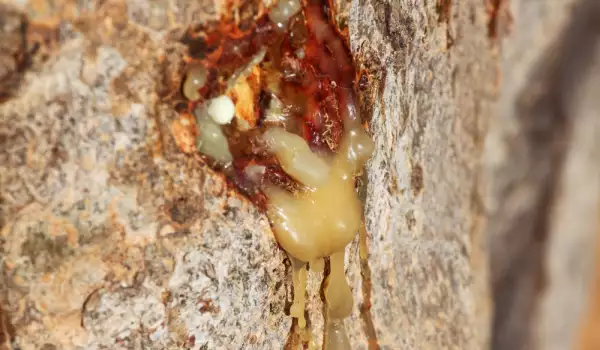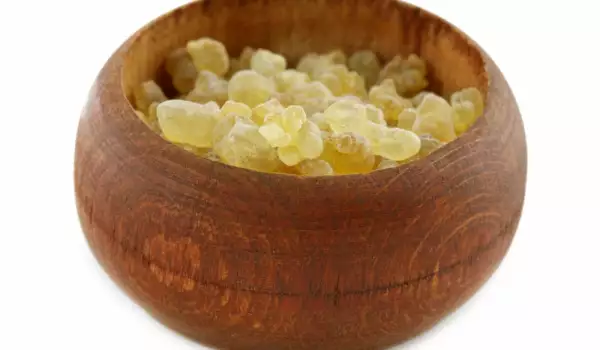Frankincense is an aromatic tree resin obtained from trees of the genus Boswellia (Burseraceae) growing in the Arabian Peninsula (in Yemen and Oman) and in East Africa (in Somalia). Since ancient times, the Dhofar Plateau in Oman has been the world's center for collecting frankincense, but now the main amount of frankincense is harvested in Somalia.
It is one of the oldest incenses, used in religious services and in perfumery. Incense is an integral part of the 11 incenses burned in the temple. It is mentioned in the Gospel as one of the gifts brought by the wise men to Jesus Christ, along with gold and myrrh (Matthew 2:11).
Types of Frankincense and Where it is Found
In February or March, cuts are made on trees of the genus Boswellia, from which the resin flows continuously for quite a long time, covering the entire trunk of the tree, until finally the wound is covered with dried sap. The dried resin is then collected from the tree and from the ground and separated into two varieties:
- Selected incense (lat. Olibanum electum) is round or oblong pieces, like drops, light yellow or pink, with a waxy sheen. On top, they are usually covered with dust from rubbing against each other, have a pleasant balsamic smell and a balsamic bitter, pungent taste. When crushed, it turns into a white powder;

- Common frankincense (lat. Olibanum in sortis) is less pure, in larger and darker pieces.
Properties of Frankincense
Frankincense is partially soluble in water and organic solvents. When rubbed with water, it forms an emulsion. When heated, it softens without melting and gives off a strong, pleasant sweet balsamic smell. On further heating it ignites and burns with a very smoky flame. The composition of frankincense includes in varying proportions:
- rubber about 30%;
- resins 56% - a mixture of free boswellic acid C 32 H 52 O 4 and associated with olibanoresene (C 15 H 22 O) n;
- frankincense essential oils about 8% - a mixture of several terpenes, diterpenes and sesquiterpenes, boiling at 160-170°C;
- bitter substances;
- minerals and others.
Application and Action of Frankincense
Mostly frankincense is used for cleansing in church rites. It is also used in perfumery and aromatherapy (mainly in the form of an essential oil). Before that, frankincense was used in homeopathy, medicine, in the production of some toothpaste patches, elixirs, smoking candles, etc.
Frankincense is not currently used for medicinal purposes, although some research is being done in this area. Frankincense is part of some recipes for ointments for various types of suppuration, used in folk medicine for mastitis, boils and even some tumors. Frankincense smoke has been found to contain incensol acetate, which has an antidepressant effect.













